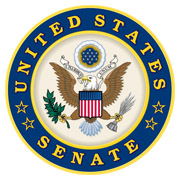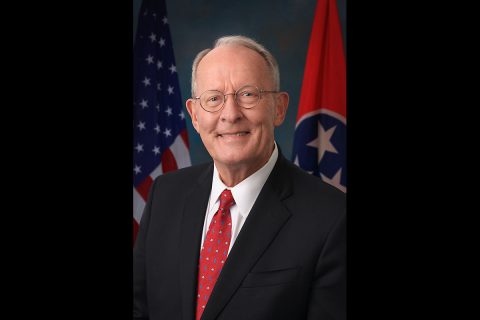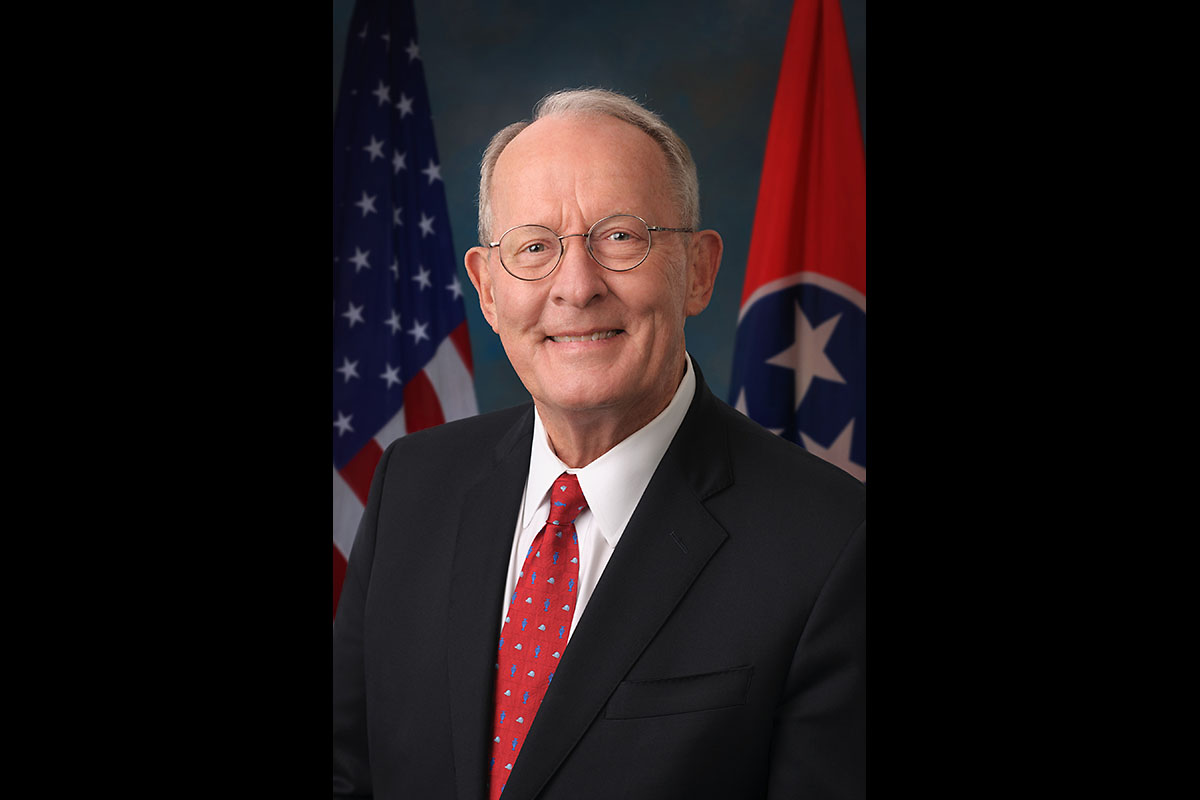 Washington, D.C. – This week, I chaired a hearing in the Senate health committee with key administration officials and COVID-19 task force members to explore what federal, state and local governments need to do to get Americans back work and back to school. You can read more about that hearing below.
Washington, D.C. – This week, I chaired a hearing in the Senate health committee with key administration officials and COVID-19 task force members to explore what federal, state and local governments need to do to get Americans back work and back to school. You can read more about that hearing below.
The U.S. Department of Health and Human Services announced Tennessee will receive more than $155 million to support COVID-19 Coronavirus testing and contact tracing across the state. Tennessee has done more testing than most states, but even more testing is key to ensuring folks are safe as they go back to work and back to school.

When in doubt, get a test!
Residents of Davidson County, Putnam County and Wilson County who missed the May 4th deadline to register for Federal Emergency Management Agency (FEMA) disaster assistance can still apply.
Residents have 60 days after the deadline to apply and must provide justification for late registration.
COVID-19 testing in the United States is impressive – enough to begin going back to work
This week, I chaired a hearing in the Senate health committee on what federal, state and local governments are doing to help Americans go back to work and back to school as rapidly and safely as possible. All roads back to work and school lead through testing.
According to Johns Hopkins University, the United States has tested over 10 million Americans for COVID-19 Coronavirus. That is twice as many as any other country and more per capita than most countries, including South Korea, which several committee members have cited as an example of a country doing testing well.
Here is what impressive means in Tennessee: First, anyone who is sick, a first responder, or a health care worker can get tested. Tennessee Governor Bill Lee is also testing every prisoner, as well as every resident and staff member of nursing homes. He has also offered weekend drive-thru testing and has done specific outreach to increase testing in low-income neighborhoods. A Tennessean can get a free test and a free mask at the local public health clinic. Tennessee has so far tested four percent of its population, and the governor hopes to increase that to seven percent by the end of May.
That amount of testing is sufficient to begin Phase I of going back to work in Tennessee, but as I said last week, it is not nearly enough to provide confidence to 31,000 students and faculty that it is safe to return to the University of Tennessee, Knoxville campus in August.
That is where the new “Shark Tank” at the National Institutes of Health I worked to provide funding for comes in to play. Staying at home indefinitely is not the way to end this pandemic. There is not enough money available to help all those hurt by a closed economy.
For the near term, to help make sure those 31,000 UT students and faculty show up in August, we need widespread testing – millions more tests created mostly by new technologies – to identify those who are sick and who have been exposed so they can be quarantined and, by containing the disease in this way, give the rest of America enough confidence to go back to work and back to school.
Swimming around in that shark tank are dozens of early stage proposals for new ways to create diagnostic tests. Some of these will fail. But we only need a few successes to create millions of more tests.
Tennessee students need to return in the Fall
This week, I joined National Public Radio (NPR) to discuss efforts to ramp up COVID-19 Coronavirus testing to allow students to go back to school this fall. You can listen to this interview here. If I were president of the University of Tennessee, I would say we’re going back to school this fall.
The only questions is, how do we do it safely? That may take a number of changes.
There are 100,000 public schools with 50 million children, and 6,000 colleges with 20 million students. We have to think about the impact on those children of not going to school for a year. I think part of our leadership responsibility is to not just throw up our hands and say, “No, we can’t do it.” Instead, we are going to need a strategy for going back to school and to college that is safe.
Interest rates on new federal student loans will drop to historic lows on July 1st
On July 1st, interest rates on new federal student loans will drop to historic lows. This rate drop is a result of Congress working together in 2013 with President Barack Obama to tie student loan rates to actual federal government borrowing costs. And I plan to continue working together with my colleagues in a similar bipartisan fashion this year to continue passing legislation to help make college more worth student’s time and money.
The interest rate on undergraduate loans will be 2.75% for the 2020-2021 school year, down from 4.53% in the 2019-2020 school year. The interest rate on loans for graduate students will be 4.3% (down from 6.08%) and for PLUS loans for parents and graduates will be 5.3% (down from 7.08%).
How can the CARES Act can help you?
I encourage Tennesseans to visit my website to learn more about how you can take advantage of the federal assistance Congress passed and President Donald Trump signed into law that will keep paychecks coming, relieve financial burdens and help contain COVID-19 Coronavirus.
- A Nashville entrepreneur volunteered to fly to Macon, Georgia to pick up COVID-19 Coronavirus testing samples and bring them back to Tennessee – speeding up results for those who were tested by several days.
- Oak Ridge National Laboratory, working with other national labs, is continuing to use their resources and brainpower to help fight the COVID-19 Coronavirus pandemic. Read more about all of the great work they are doing here.



